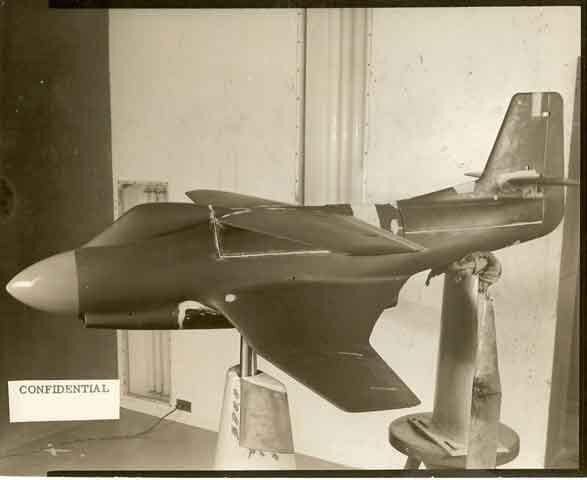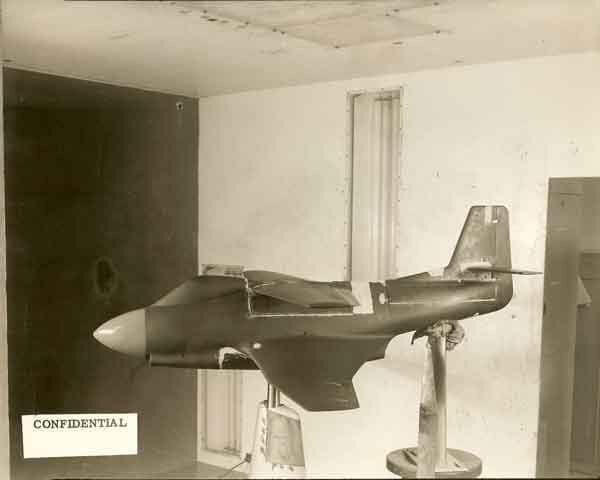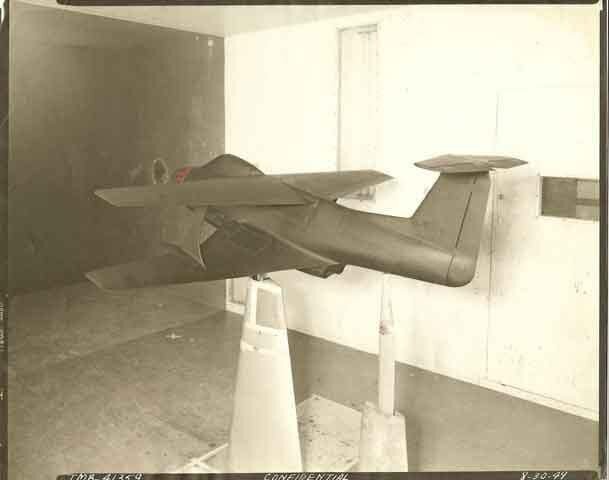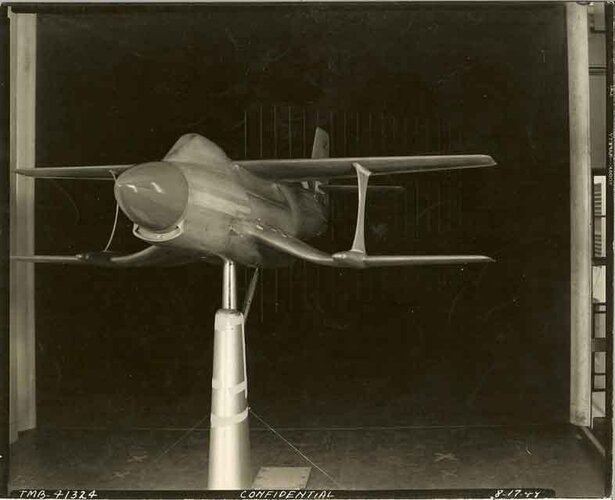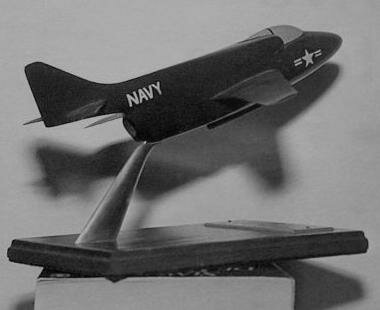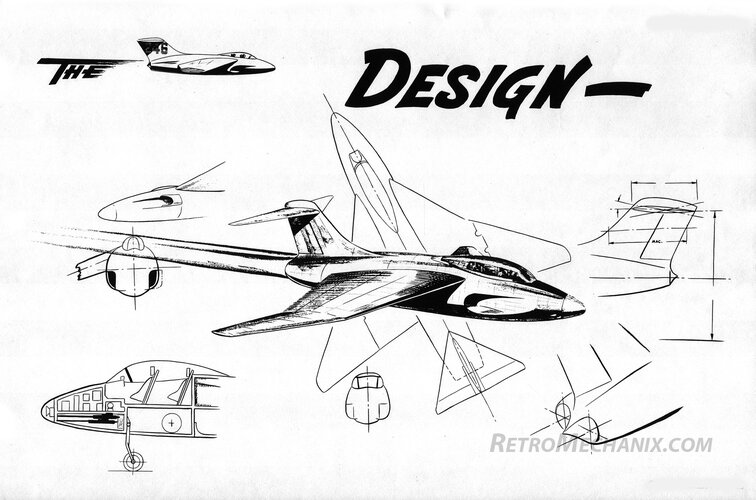After the War my father worked at the David Taylor model basin in Wash. D. c. Here sre some photo Graphs of a project he worked on.
Also I was wondering if anyone can identify the biplane or the small plane pictured here.






Batman
Also I was wondering if anyone can identify the biplane or the small plane pictured here.






Batman

